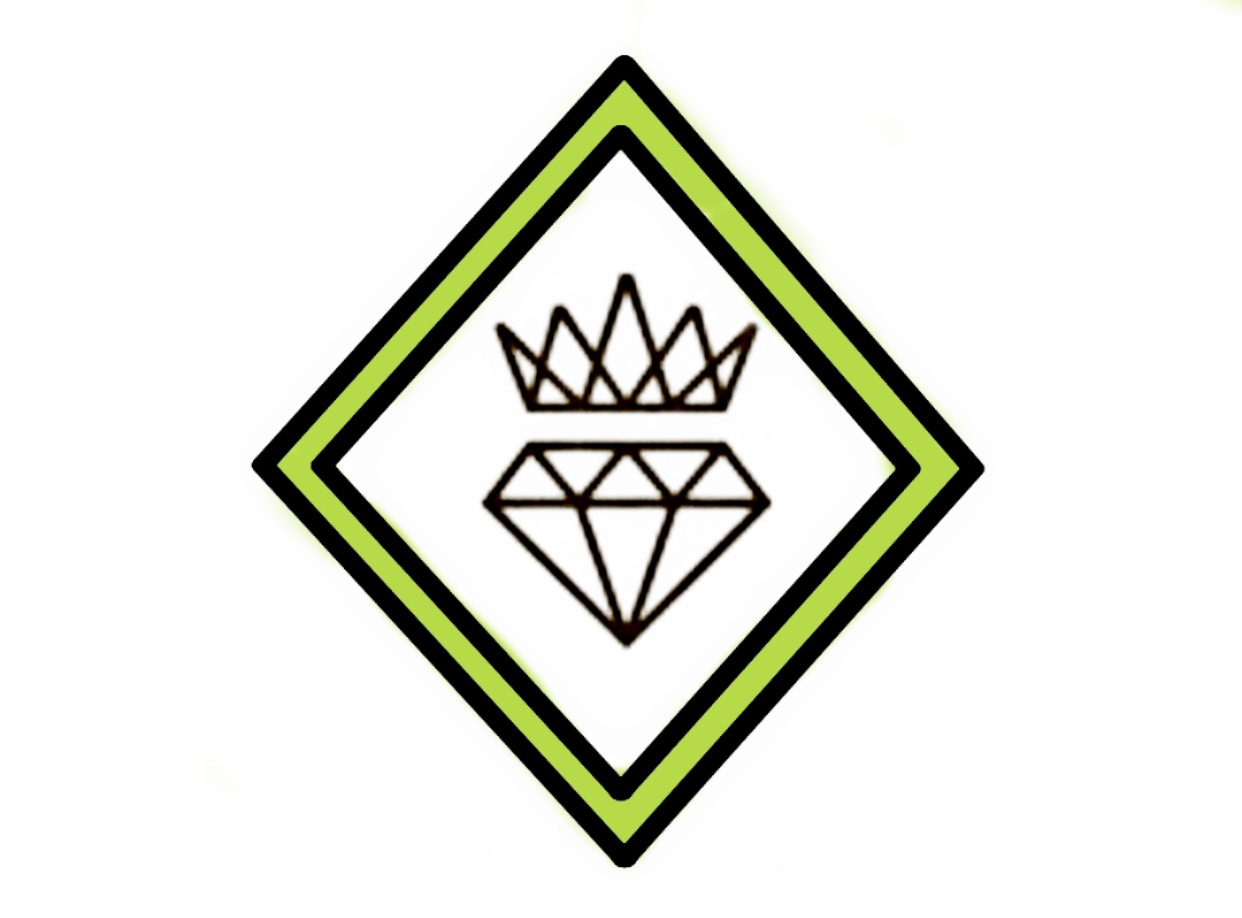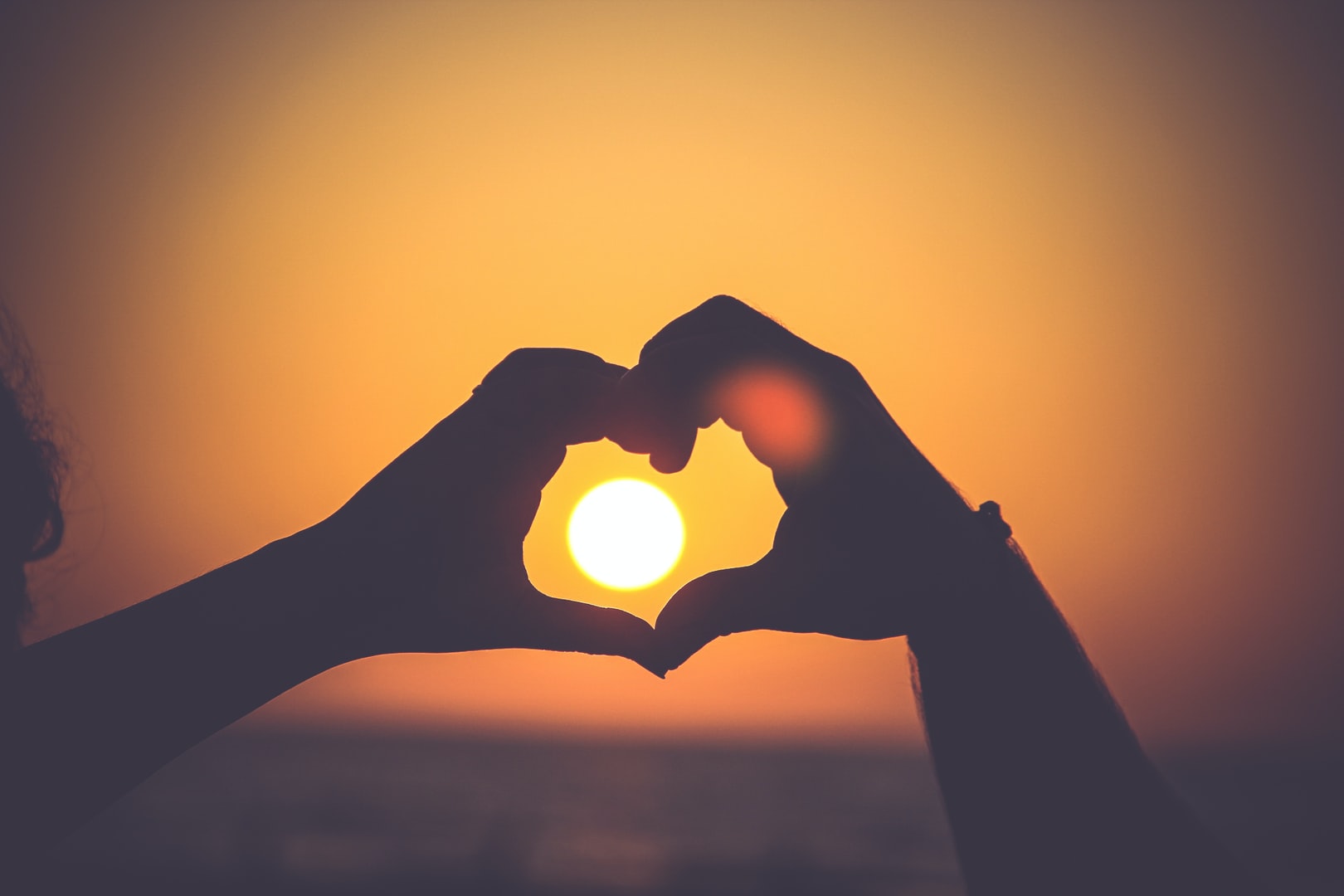
Staffing
(866) 687-7309
August is
summer Sun safety month
August 1, 2022

For most Americans fun in the sun is the best part of the summer! Whether it's swimming at the beach, having a picnic or playing at the park. Spending time outdoors in the sun is not only a great way to stay physically active and get vitamin D, it also helps to reduce stress! Sunlight is essential for our bodies to produce vitamin D. Lack of vitamin D can lead to muscle weakness, pain, fatigue, and even depression but too much exposure to U.V. light can be harmful to both your skin and eyes and even lead to skin cancer! According to the American Cancer Society, skin cancer is the most common cancer in the U.S and since most skin cancers are caused by U.V light so how do we protect ourselves?
First things first : how much is enough? In order for our bodies to receive enough vitamin D the minimum recommended amount of sun exposure is 10–30 minutes several times per week. In the United States, UV rays are typically strongest from 10 a.m. to 4 p.m. daylight saving time and 9 a.m. to 3 p.m. standard time so it's best to stay out of direct sunlight between those times.
So what can you do to protect yourself if you are outside though? Below are a few ways to keep yourself and your skin safe.
Protect your skin
Since it's summer time you probably find yourself wanting to spend more time outside. Knowing ways to protect your skin can help keep you and your loved ones safe.
Shade :
One of the easiest ways to reduce your exposure to harmful UV light is staying in the shade. Whether you're under an umbrella, sitting under a tree, or some other type of shelter, relaxing in the shade is a great way to limit your exposure! (For best protection use sunscreen even when you’re in the shade.)
2. Sunscreen
To protect your skin it's important to put on a broad spectrum sunscreen that offers protection against both UVA and UVB rays before you go outside. When buying a sunscreen be sure to choose a sunscreen with a sun protection factor or SPF of 30 or higher. The American Cancer Society recommends putting at least 1 ounce (or enough to fill up your palm) to cover your arms, legs, face, and neck. Sunscreen should be reapplied at least every 2 hours and every hour while swimming even those labeled water resistant. (Sunscreen can also be rubbed off with sweat or when toweling off.)
Always make sure to check the expiration date of your sunscreen. Sunscreen is typically good for 2-3 years unless exposed to high temperatures.
3. Clothing
It's recommended to wear long-sleeved shirts and long pants and skirts when possible, although this is not always practical. Clothes that are made from tightly woven fabric offer the best protection and darker colors are thought to offer more protection than lighter colors. Some clothing is even made offering UV protection.
4. Hats :
Another way to protect yourself outside is wearing a hat that has a brim that goes all the way around - shading your eyes, face, and ears. A hat with a 2 to 3 inch brim that goes all the way around is the best way to go! Tightly woven fabric, such as canvas, works best but be sure to avoid straw hats with holes that let sunlight through.
5. Sunglasses
Sunglasses can be more than just a fashion statement, they can be used to protect your eyes from UV rays. They can also protect the sensitive skin around your eyes and reduce your risk for cataracts. According to the CDC most sunglasses that are sold in the U.S. protect against both UVA and UVB which is important for protecting your eyes. Glasses that are wide framed or wrap-around work best for protection because they block UV rays from sneaking in from the side.
Summer is undoubtedly a time for outdoor fun and Summer Sun Safety Month is here to remind and encourage us to take care of our health while having fun in the sun!
Summer sun safety month begins the first of August every year